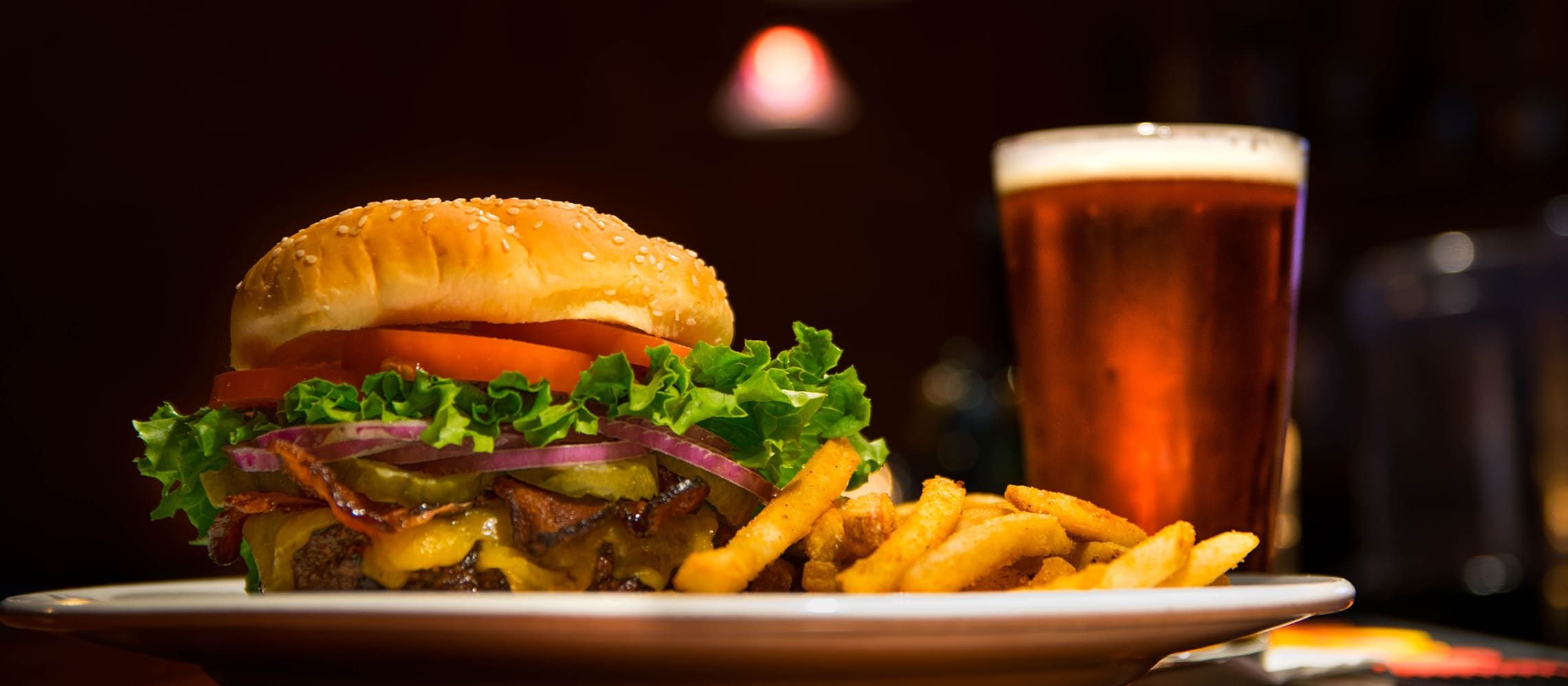Early Bird Deadline
30 November 2025
Judging
Date
23 March 2026
Winners Announcement
22 April 2026
30 November 2025
23 March 2026
22 April 2026

By : Alistair Morrell
I’ve seen it written that beer runs through the veins of Britons – and it’s true that, as a nation, we’ve been drinking beer for millennia. Right through to Victorian times, when it was realised that water was the vector for killing so many of the population and something was done to clean up the water supply, beer was safer to drink than water (with only a very small wine industry of our own, the staple was ‘small beer’, brewed at less than 1% ABV – low ABV drinks are nothing new!).
If you take marketing to be the backbone of sales – understanding market dynamics and the needs and wants of your customers so you (only) produce what consumers want at prices they’re willing to pay – then breweries need to know what their customers want: the point is that both bars and restaurants are at the ‘coalface’ of sales and will directly reflect what consumers are looking for in order to keep their own businesses profitable.
Today, beer sales overall are in decline, in spite of a fillip in 2018, the result of a long, hot summer and the football World Cup – although it’s not just beer, but most alcoholic drinks categories (essentially, consumers are drinking less, but better). Yet there are sectors that are bucking that trend: in the spirits sector it’s very much about gin (up 300% in little more than 3 years) and in the beer sector it’s ‘craft’ beer that’s forecast to grow as a category, up around 8.5% year on year, with nearly 7 million consumers saying they drink craft beers, or are ‘craft inquisitive’, with IPAs and Pale Ales leading the charge. Looking at the figures produced recently by Kantar, these show 37% of British adults drinking lager, some 19 million people, with 22%, or around 11 million, drinking bitter, ale, mild and stout. Drilling down further, 36% of lager drinkers will drink these other beers, whilst 59% of bitter, ale, mild and stout drinkers will (also) drink lager. Quality is all-important for beer drinkers and 71% are more likely than the average adult to pay extra for good quality: this compares with less than half of lager drinkers half happy to pay more. Mintel research has found that 47% of consumers expect craft beer to have a unique flavour, and 42% believe craft beer uses better quality ingredients. This backs up the findings of the 2019 SIBA YouGov survey where 22% of consumers said that they viewed craft beer as being better quality beer.
The craft beer sector is, as yet, relatively small, but the trend is being driven, as in the spirits category, by interest in premiumisation and quality, as well as provenance with consumers recognising a value in companies linked to a specific locality, working to ethical standards and values, using traditional, artisanal methods and locally-sourced ingredients: the real consumer focus is on beers with unique character, taste and flavour. Meeting these consumer wants comes, however, with a slight ‘caveat’, with bigger brewers either taking over small, independent craft brewers or producing their own ‘crafty’-style beers.
There’s another factor that’s coming to the fore across all alcohol categories, and that’s the no and low-alcohol sector, driven by consumers wanting to cut down on their alcohol consumption (I’m including distilled, but non-alcoholic drinks now being introduced onto the market). Whilst many are doing this by drinking less, it’s clear that others are looking to lower-alcohol products to help them achieve this goal. For beers, this covers products with up to 1.2% ABV (interestingly, for wines it’s 5.5% ABV) and these have, in the past, been produced by going through a ‘de-alcoholisation’ process. The latest Kantar figures (from 2018) show £43m being spent on no and low-alcohol beers, up 28%, with volume up 21%, totalling over 12.2 million pints. Latest 2019 figures show some 3% of beer sales are for beers brewed at 2.8% ABV, or lower, with 1% of craft beers being brewed at no more than 0.5% ABV. The strength of this trend, reflecting consumer wants, is that more brands are entering the sector with, perhaps most tellingly, offerings from big brewers such as Heineken’s 0.0% and Budweiser’s Prohibition Brew, but also BrewDog’s Nanny State and Punk AF and Adnam’s Ghost Ship.
[[relatedPurchasesItems-40]]
With more than 2,000 breweries in the UK – and several thousand new beer labels being introduced over the last 5 years – breweries face strong competition to sell their products.
Restaurants and bars, too, operate in a highly competitive environment (according to market data there were just short of 26,900 restaurants at the end of 2018 [Market Growth Monitor], and over 7,000 nightclubs [IbisWorld]). One of the key attributes for a restaurant, other than the quality of its food and the level of guest satisfaction it provides, is originality. It’s the same for a bar, whether stand-alone or part of a restaurant, where quality, service and originality are what ultimately count. In both cases, it’s possible to carve out a reputation that’s good for business that keeps an existing clientele loyal, but also works to attract new customers, taking account of a catchment area, target audience demographics and whether younger, more open to ideas, or more traditional, and whether with the means to experiment.
It can, therefore, pay a brewery to understand the particular demographics of a restaurant or bar, whether a stand-alone business, or part of a chain, to the benefit of both parties, using exclusivity as a marketing tool by working with the company to develop a ‘versatile’ offer in terms of product types, but also in terms of pricing, providing a spread of price points, all of which can form part of a venue’s exclusive positioning. Pricing can also extend to working with a venue to run special events which act as a strong promotional tool. Crossover can make sound business sense, too: in a food environment, there’s no reason why a brewery cannot work with a restaurant to help develop a beer and food tasting experience, even running to a beer flight across a range of dishes.
Strategic marketing programmes allied to exclusive products that reflect consumer needs and wants, special labels, intelligent pricing and careful promotions can contribute to creating a stand-out for a restaurant or bar, both in terms of reputation and commercial success, just as they can for a brewery.

The article is contributed by Alistair Morrell, Wine Inspector, wine industry consultant, journalist and, commentator. Over 30 years as a wine business professional, Alistair shares his global knowledge, network, and experience of growers, importers, distributors and buyers.
Show your beers where it matters. Get your products tasted by top buyers and experts at the London Competitions — enter now.